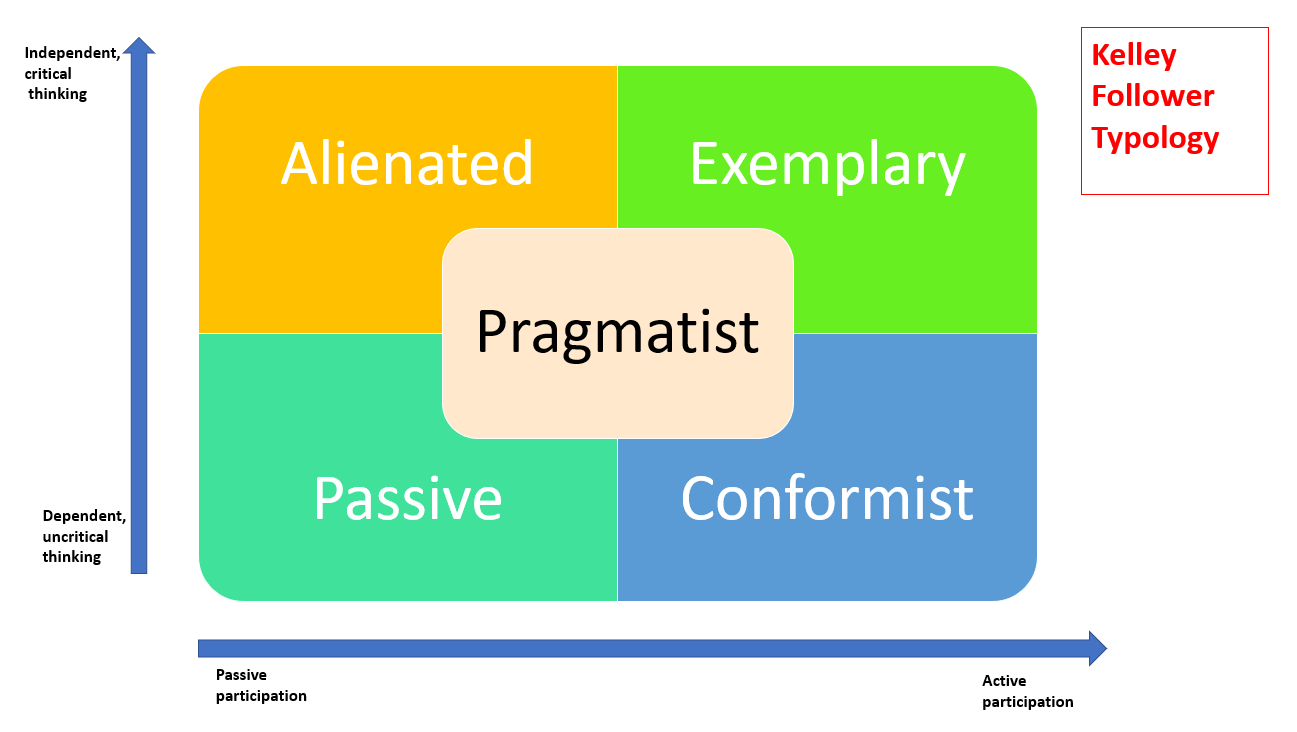Business Bites: Leadership
Much is written about leadership, but is leadership possible without followers?
Imagine the conductor of an orchestra – baton raised, ready to commence a performance. But there is no orchestra (no followers) – and without them, the goal of creating the performance cannot happen.
Followership
A definition of followership may be: a process whereby individuals accept the influence of another to accomplish a common goal.
Followership is co-created by the leader and the followers in any given situation. It is effectively the leader’s attempts to influence – and the followers’ response to these attempts to influence.
It can be speculated that followers choose to follow a particular leader, but that may not be the case if the leader in question is the person you work for. Trust in the leaders, and how they can be expected to behave, is therefore highly significant.
As a follower, what would a good leader look like?
- They give good/clear information on objectives and targets
- They give concise information on your role objectives within a piece of work
- They give regular ‘observed’ feedback on what you have done well
- They will ask what you may have done differently
- They give you some level of autonomy and support your decisions
As a follower, it is important to have crucial information, to use your initiative and to make decisions to offer solutions to your boss and seek ratification. Effectively, get the job done without needing the detailed guidance of the leader (within your work boundaries). Remember, you should have the same aims and outcomes as your boss and the business.
When looking for workable solutions, you may need to do your own research and gain new skills or expertise before you propose a solution. This is part of followership.
Great followers will:
- Exchange best practice ideas
- Question things that may no longer be relevant to a new direction of travel
- Seek knowledge and understanding through ongoing self-led learning
- See their leaders as individuals who are willing to guide and explain
- Accept responsibility for jobs that they now have
- Remain honest and tell the truth, even if it means that unwelcome news must be passed on. Failure to pass on relevant information could lead to required actions being missed or incorrect actions being taken
Followership from a leader’s perspective
Leaders cannot assume that their employees will automatically be followers. Leaders need to learn to attract and retain followers.
To do this a leader must:
1. Take time to explain what is going on in the business to allow them a better understanding of the ‘bigger picture’ aiding alignment of their efforts with the business.
2. Be consistent: walk the talk. Do your words and actions always align with each other and in ways that you would want others to replicate?
3. Use on the job feedback and peer reviews rather than just the yearly appraisal/review to highlight actions and behaviours that you would like to see repeated. Feedback needs to be timely and honest. From these conversations, you can add actions and goals to the individual’s personal development plan (PDP) to help them bridge any gaps in their skills and knowledge.
4. Hear what your followers have to say. They will feel appreciated if they feel that they are genuinely listened to, and you may even learn something new. It is important that they understand that you value their contributions and their ideas.
Followers will be willing to receive guidance and, in return, offer their support and become more initiative-taking. Followers will share their skills and knowledge with others. Followers who are engaged will ask questions to help them learn and develop, look for solutions to issues that they can offer to you, and will be highly engaged in their work.
Followers will:
- Get the job done
- Work in the best interest of the business
- Support leaders
- Challenge leaders
- Learn from leaders
Models of follower types
There are many models available that describe different follower types and behaviours – including Zaleznik, Chaleff and Kellerman. One of the recognised current models is Kelley’s Typology of Followership (below), which highlights follower behaviours and the motivation of followers.

Robert Kelley published Power of Followership in 1992 and in his book, described how followers’ behaviours could be displayed in terms of participation (on the horizontal axis) and critical thinking (on the vertical axis).
The five follower types that resulted are:
1. Passive followers who look to the leader for direction and motivation. They take no initiative or responsibility and do as they are told albeit reluctantly and without enthusiasm.
2. Conformist followers are ‘yes people’ who are always on the leader’s side but still look to the leader to give them work to do and to do the thinking for them.
3. Alienated followers will think for themselves and are able workers and deep thinkers but have a negative energy/attitude.
4. Pragmatist followers tend to support the status quo, align with the current climate, and work culture. Typically, they will get on-board once others have done so.
5. Exemplary followers focus on the business’ needs, are positive in their attitude, and will offer constructive criticism where appropriate.
Next month in Business Bites, we will look at micromanagement – and how to avoid it.